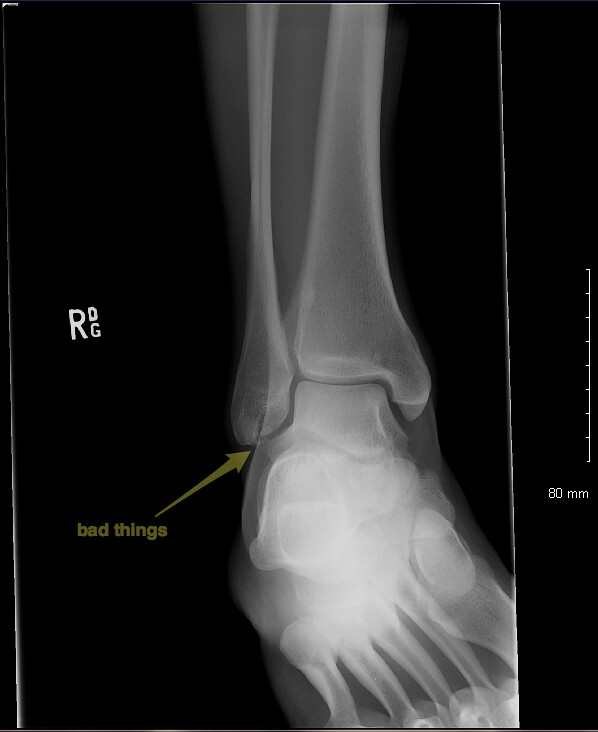
This is because the soleus muscle attaches below the knee and bending the knee allows the gastrocnemius muscle to relax leaving the soleus on the stretch. To stretch the deeper soleus muscle the knee of the leg to be stretched needs to be bent. Perform 3 repetitions and repeat this 3-5 times a day. But do not push too far in the early stages. If the stretch eases, lean further forwards until you can feel it again. When you can feel a stretch, hold for 20 seconds. Bend the front knee and lean forward, keeping the back knee straight and pushing the heel down to the floor. Stand with the leg to be stretched at the back and hands on a wall at shoulder height. To stretch the big gastrocnemius muscle the back leg must be kept straight. To effectively stretch both these muscles exercises should be done with the knee bent as well as straight. The calf muscles consist of the larger gastrocnemius muscle and the soleus muscle which is located deeper and lower down the leg. The injury is primarily overused so exercising the calf muscles, especially during the rest phase is not advised. Stretching exercises are more important than strengthening for recovering from a fibula stress fracture. They control the position of the heel and so enable normal foot biomechanics.

The bones in the foot are not able to take the loads as efficiently as they might which places more strain on the muscles of the lower leg, many of which attach to the fibula bone.

However, there are a number of factors that can increase the likelihood of sustaining one. This results in traction and twisting forces placed on the fibula bone from the surrounding muscles, which over time cause a stress fracture. The tibia is the thicker, weight-bearing bone of the two whereas the fibula has much of its surface for muscle attachment. The main function of the fibula bone is as a point of attachment for many of the muscles of the lower leg. The long bones of the lower leg are the tibia and fibula. What is a fibula stress fracture?Ī stress fracture of the fibula is a hairline fracture in the fibula bone.

However, a bone scan or MRI may give more information.

Stress fractures are unlikely to show up on an X-ray until two or three weeks into the healing process.
FRACTURE FIBULA FULL
Once the rehabilitation phase is over, the patient will be allowed to put weight on the injured extremity gradually and as the patient feels comfortable and is able to put weight on the extremity without any pain or discomfort, full weightbearing will be allowed by the physician. Due to immobilization for 8 weeks, the leg will become weak and stiff for which the patient will be sent to physical therapy for an aggressive strengthening and range of motion program.
FRACTURE FIBULA SERIAL
Throughout the recovery phase, the physician will take serial x-rays to check on the status of the fractured fibula and monitor the healing.įor non-displaced fibula fracture, it takes around 6-8 weeks for callous formation to occur suggesting bone healing and this is the stage when the physician will take off the cast and put the patient on a walking boot or on crutches for partial weightbearing on the injured extremity. The time taken for a fractured fibula to heal depends on the severity of the injury and the type of fracture sustained, the overall age of the individual, the health status of the individual, how diligent is the individual with regard to physician followups and physical therapy, any other underlying conditions that the individual may have which may interfere with the healing process.


 0 kommentar(er)
0 kommentar(er)
